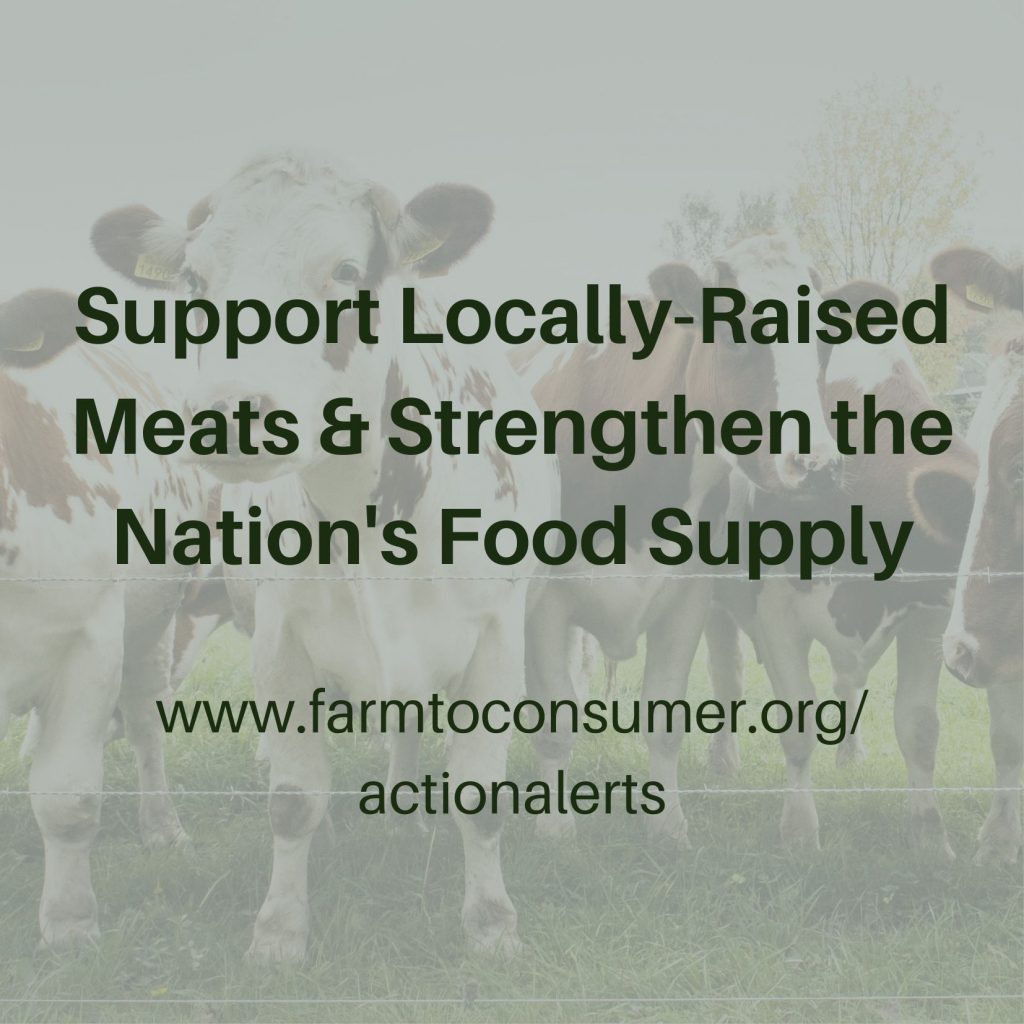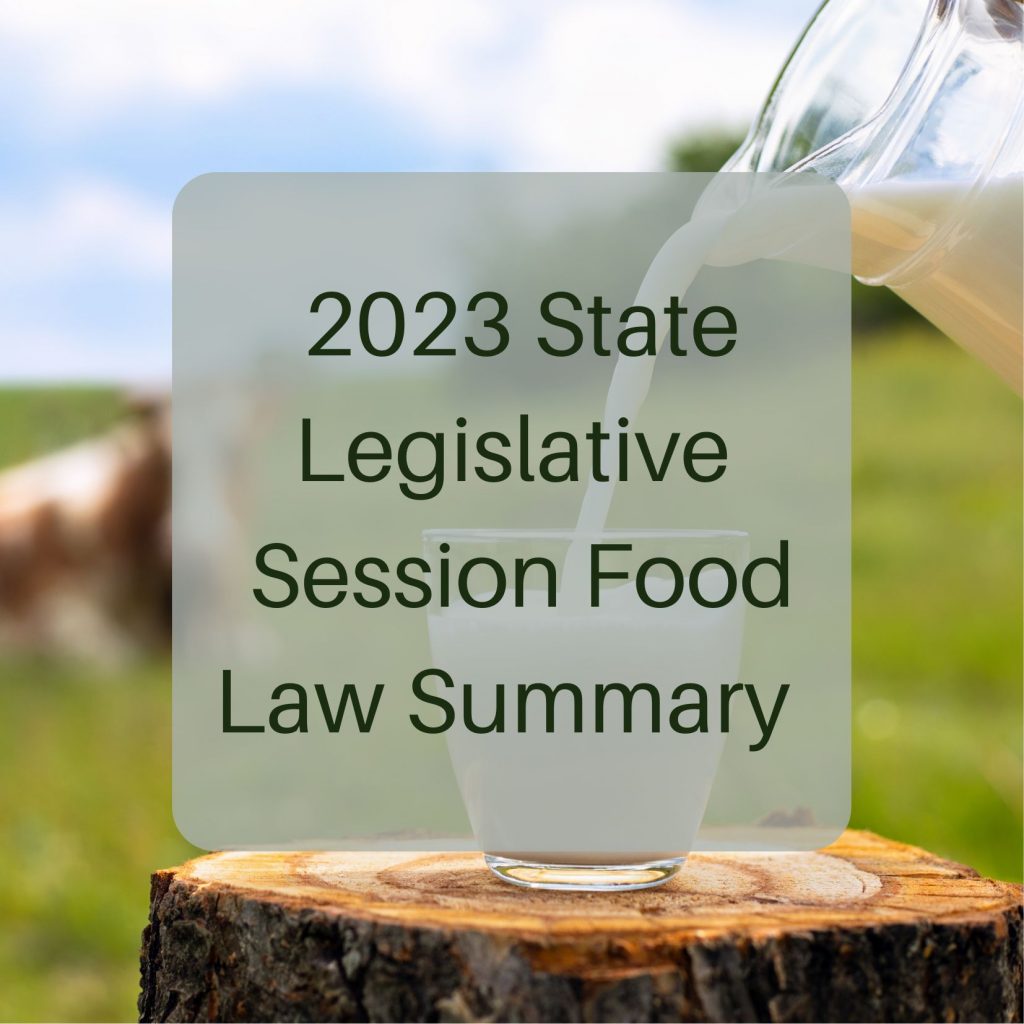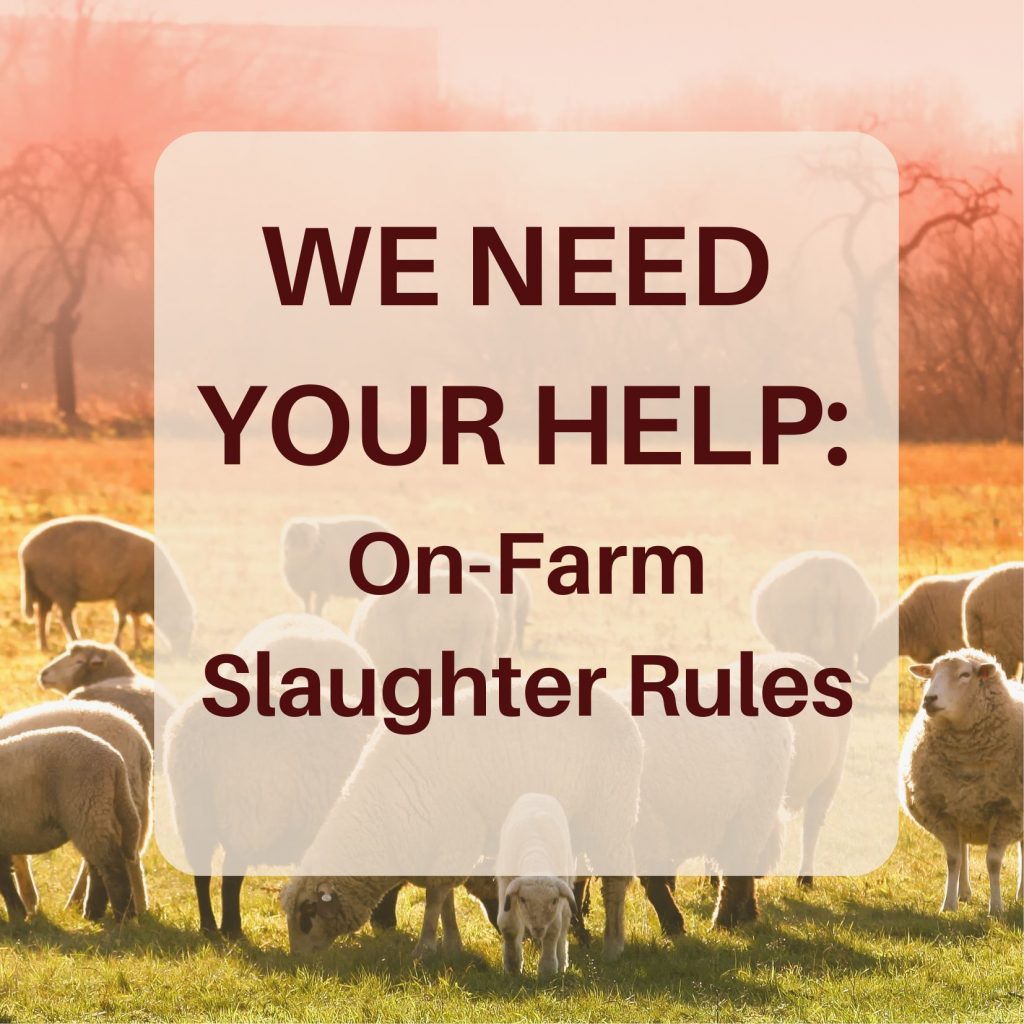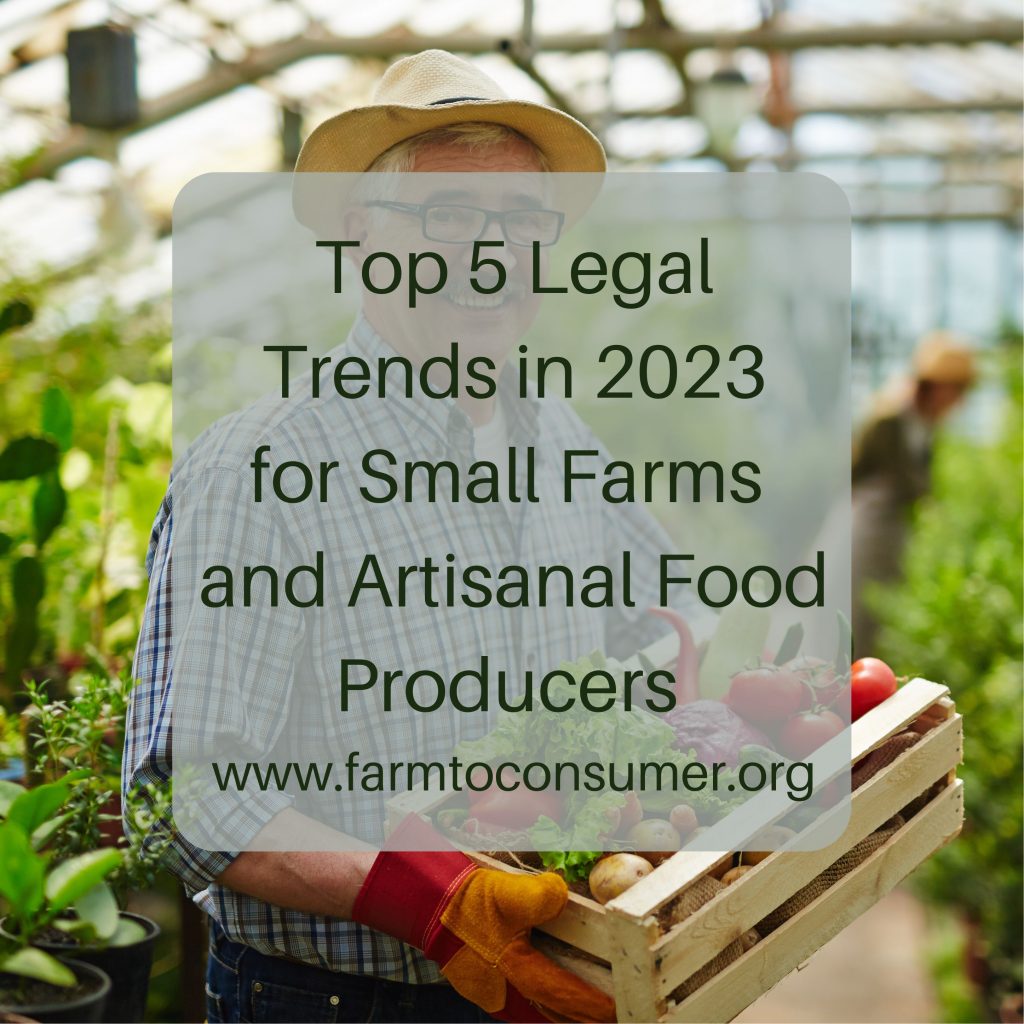Farm-to-Consumer Legal Defense Fund (FTCLDF) is so grateful to our supporters, allies and members, who work hard every day to make improvements to the U.S. food system. In 2023 we had some important successes along with some continuing challenges and frustrations with government policies that impede the viability of independent operations engaged in providing locally […]
meat processing
Increase the Supply of Farm-Raised Meats; Support the PRIME Act and Changes to FMIA
Small livestock farmers and custom meat processors would love to sell more meat locally. And consumers want to buy meat from local farms. The problem is federal policy makes this exchange extremely difficult. There are two bills on the table that will support the supply of farm-raised meats by improving access to local meat processing […]
2023 State Legislative Session Summary Shows Progress for Food Freedom
The 2023 state legislative session resulted in the passing of a number of laws relevant to the Farm-to-Consumer Legal Defense Fund’s mission, and of impact to our members and their food production operations. Some state sessions remain active, so there may yet be more laws to come, but we wanted to take this opportunity to give […]
Use New Comment Portal for 2023 Farm Bill to Support On-Farm Slaughter
Our friends at Rural Vermont are petitioning the members of the U.S. House and Senate Agriculture and Appropriations Committees to add clarifying language to the Federal Meat Inspection Act. The House Agriculture Committee has just created a portal for direct stakeholder feedback. This portal can be used to urge members of the committee to clarify language for […]
Top 5 Legal Trends in 2023 for Small Farmers and Artisanal Food Producers
We can’t believe 2022 is almost in the rearview mirror! FTCLDF accomplished a great deal last year on behalf of our members and we invite you to read more about our work in 2022. We are ready to face 2023 with the same determination to address the barriers and struggles our members face. Looking ahead […]




